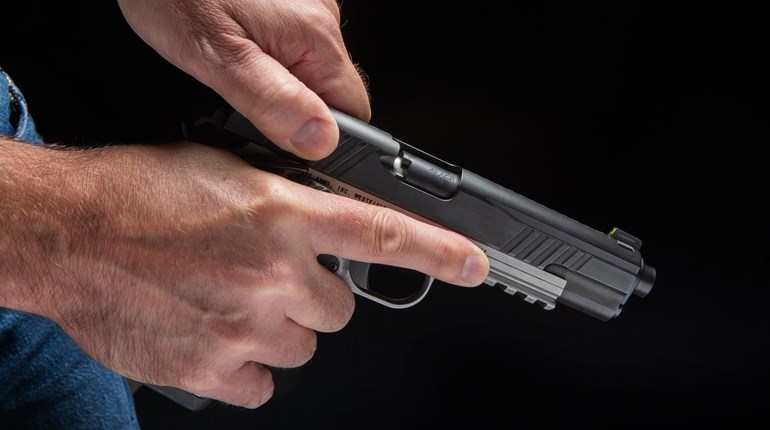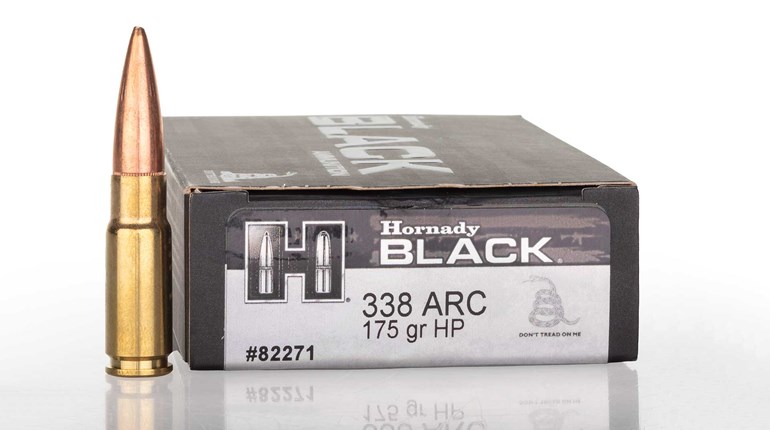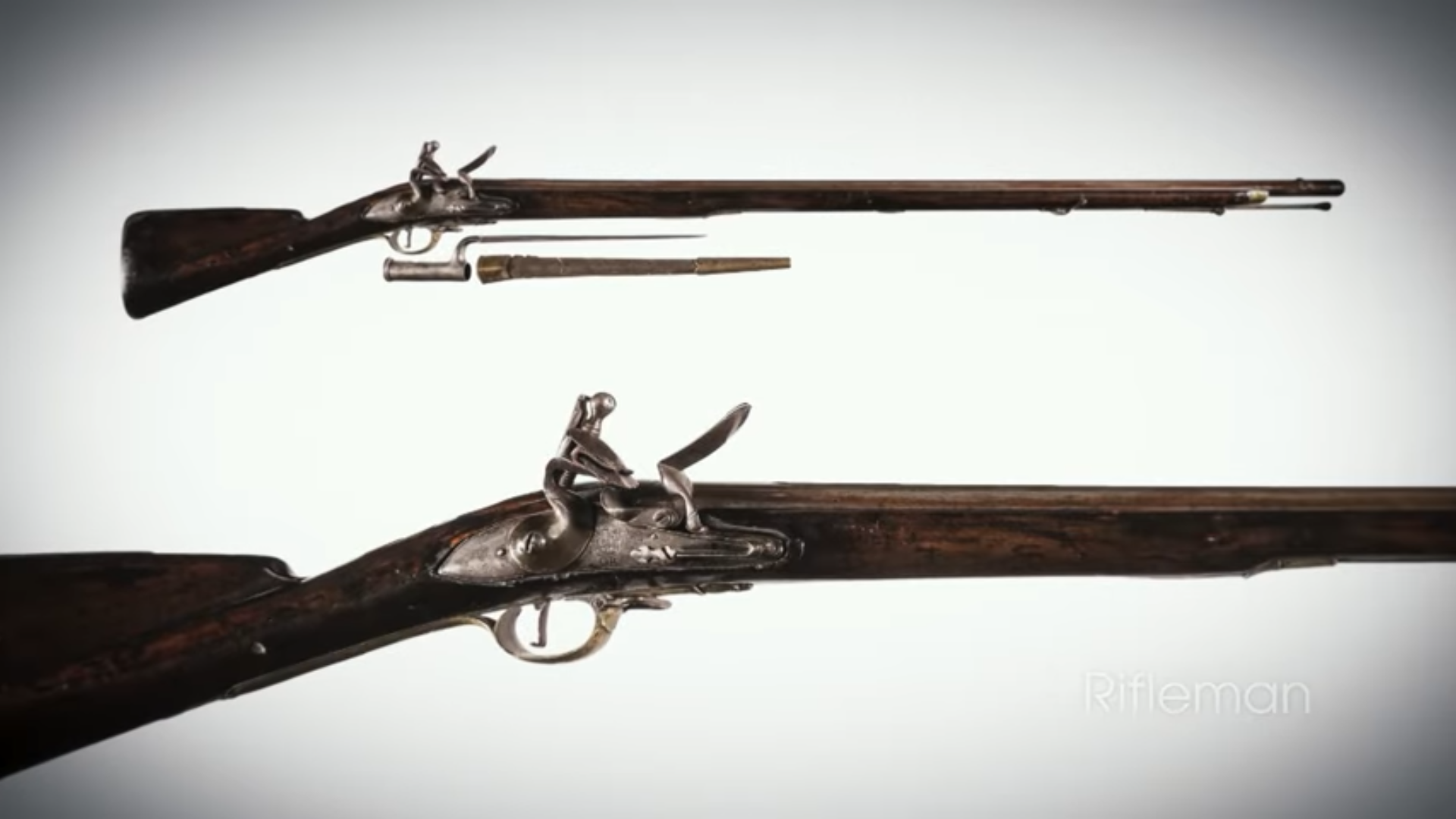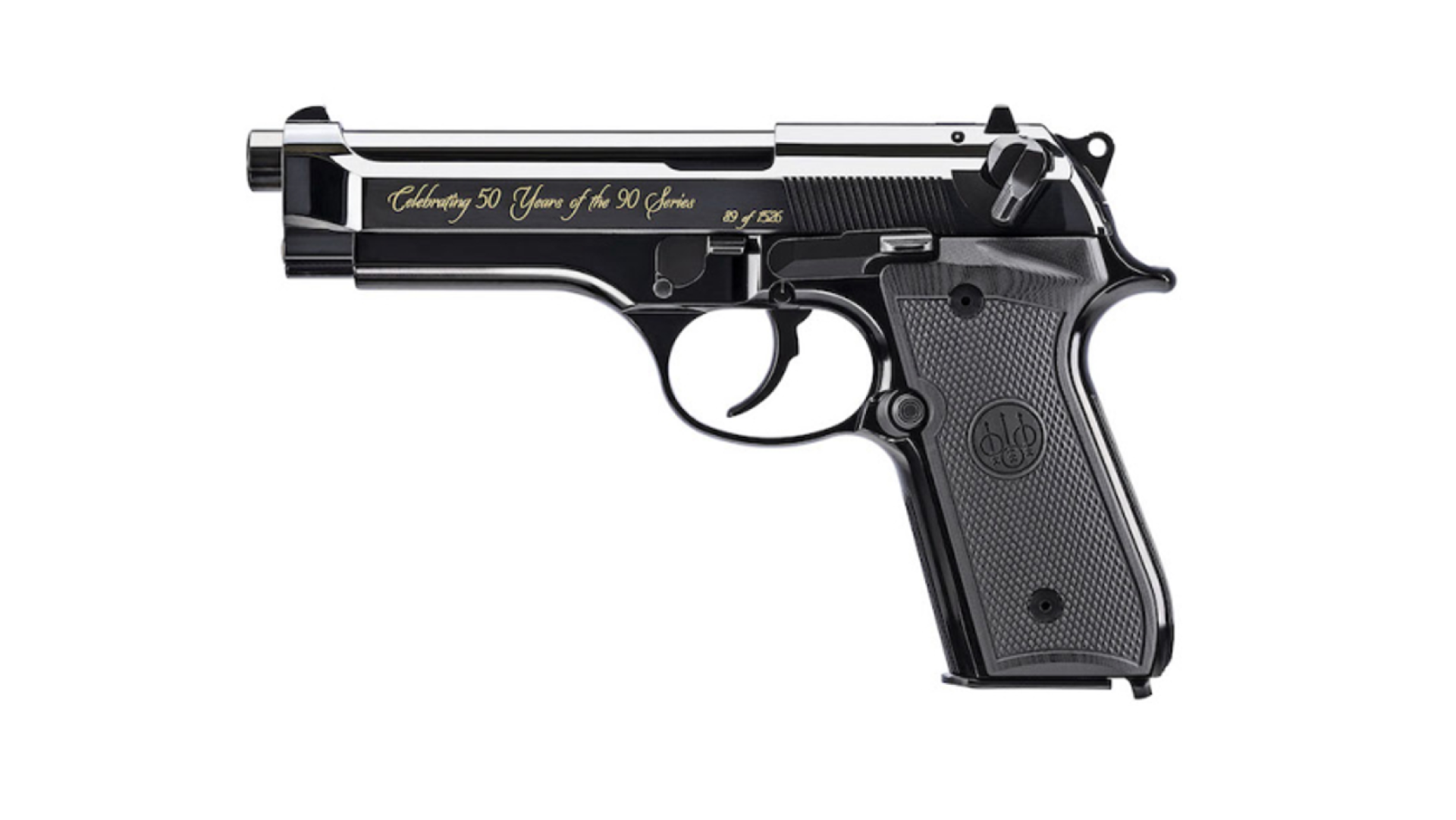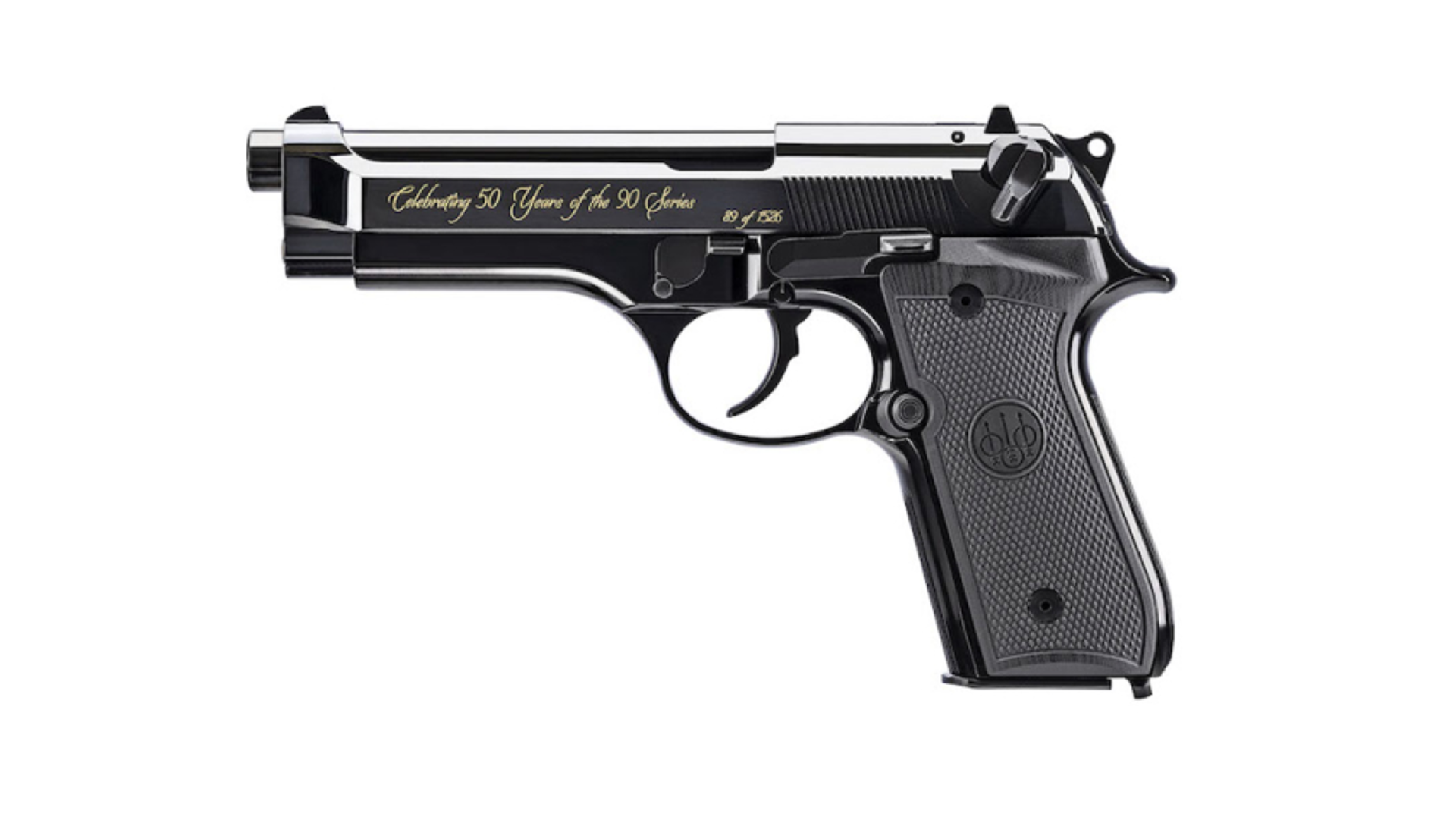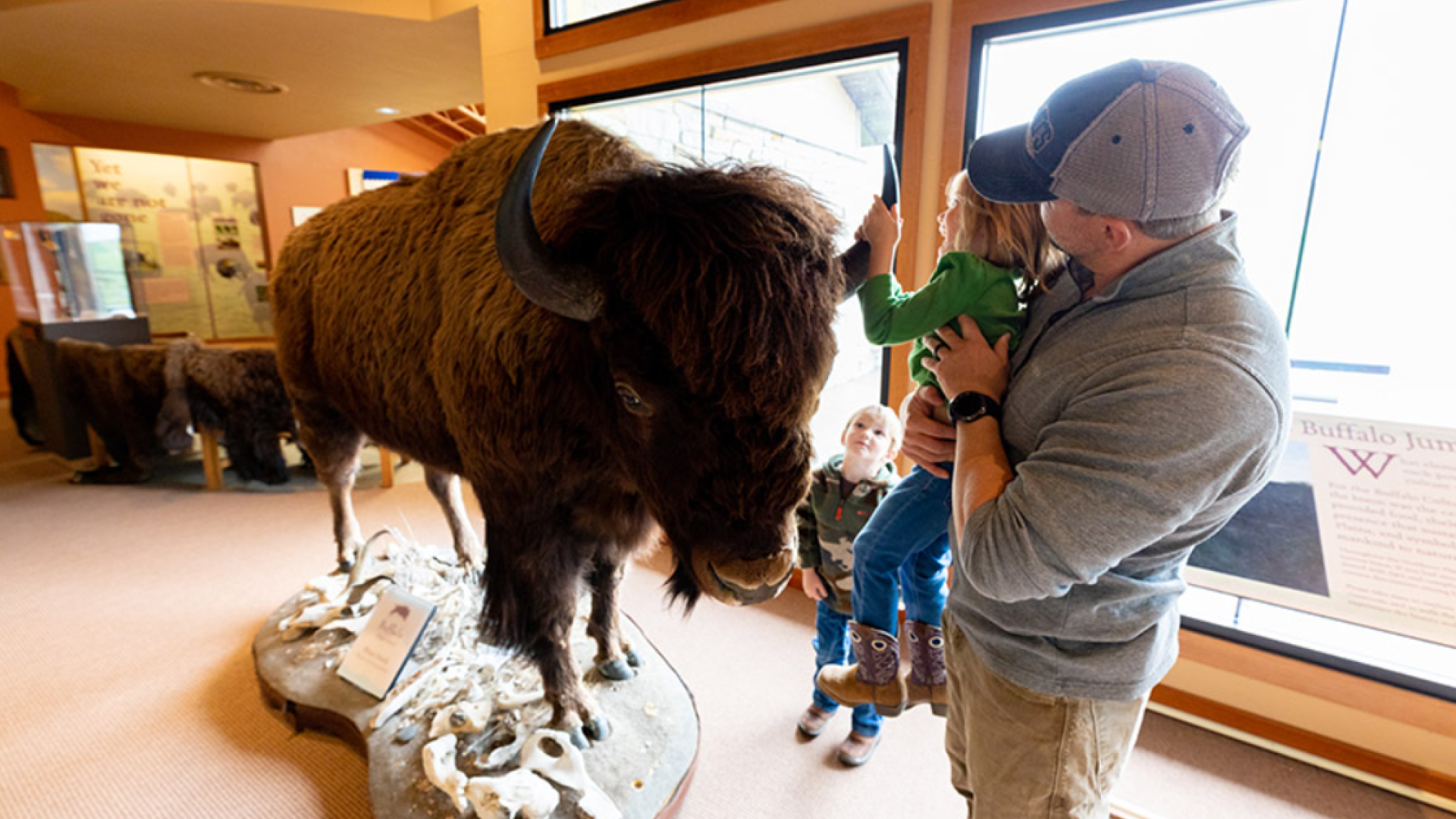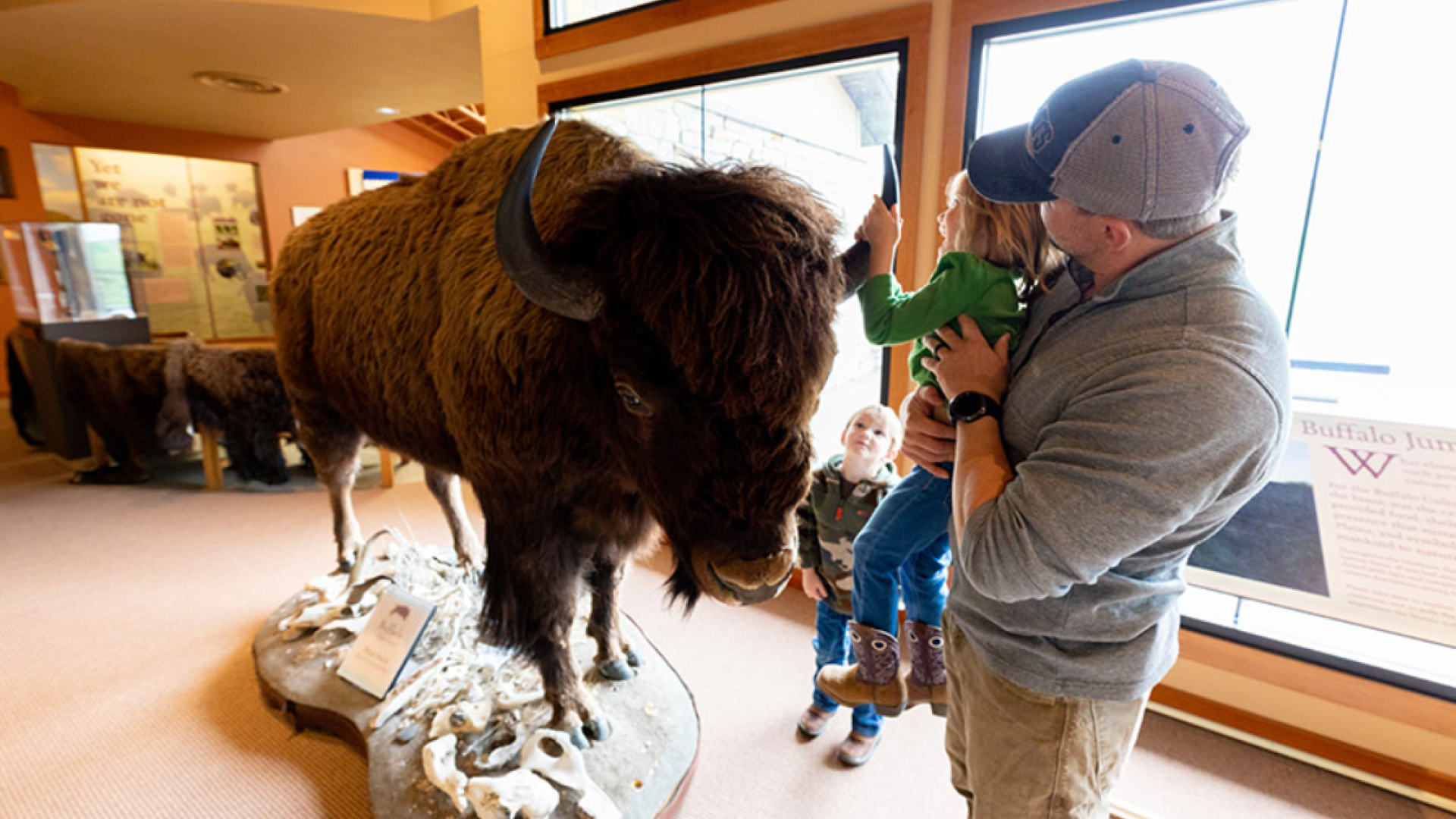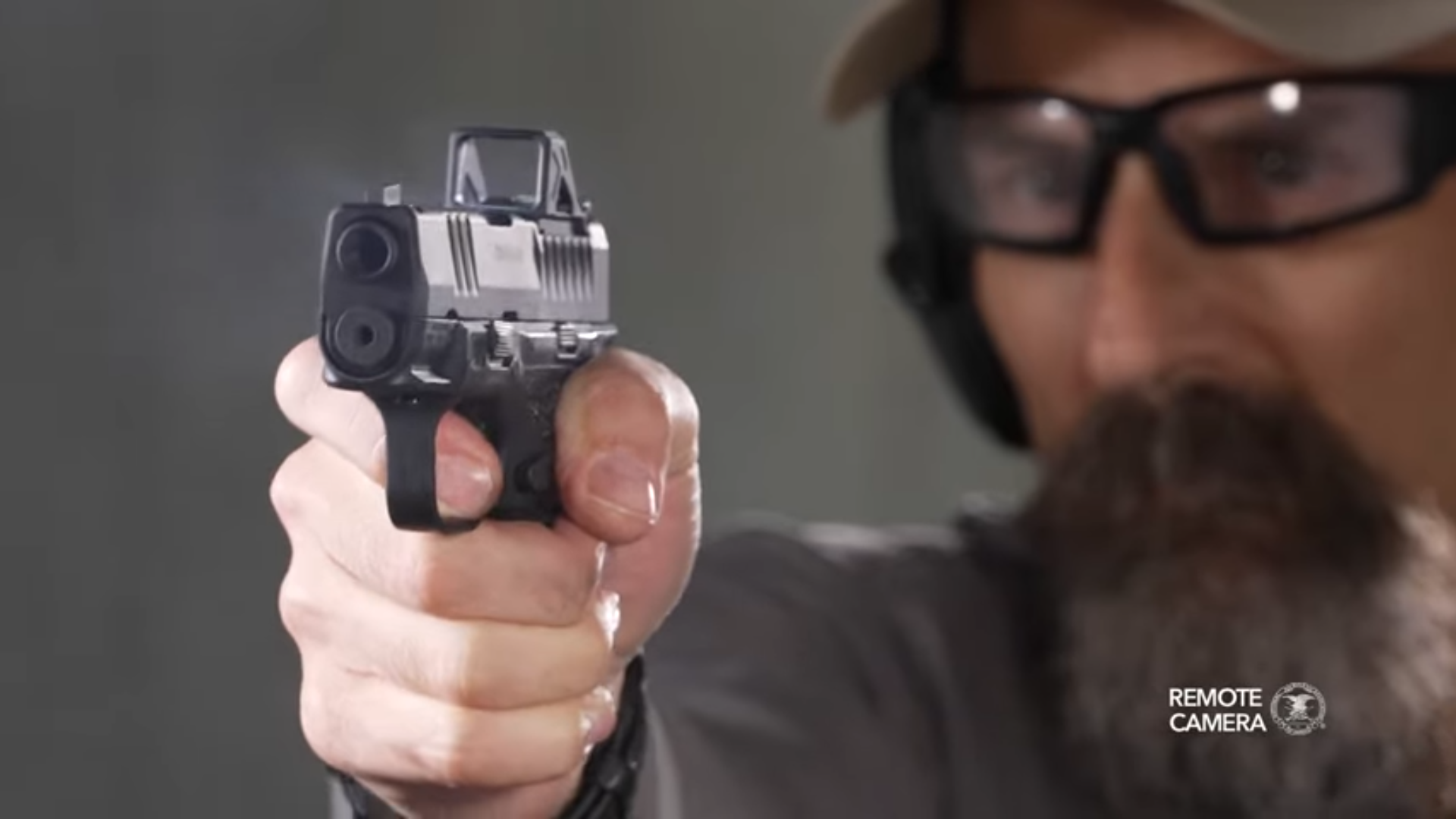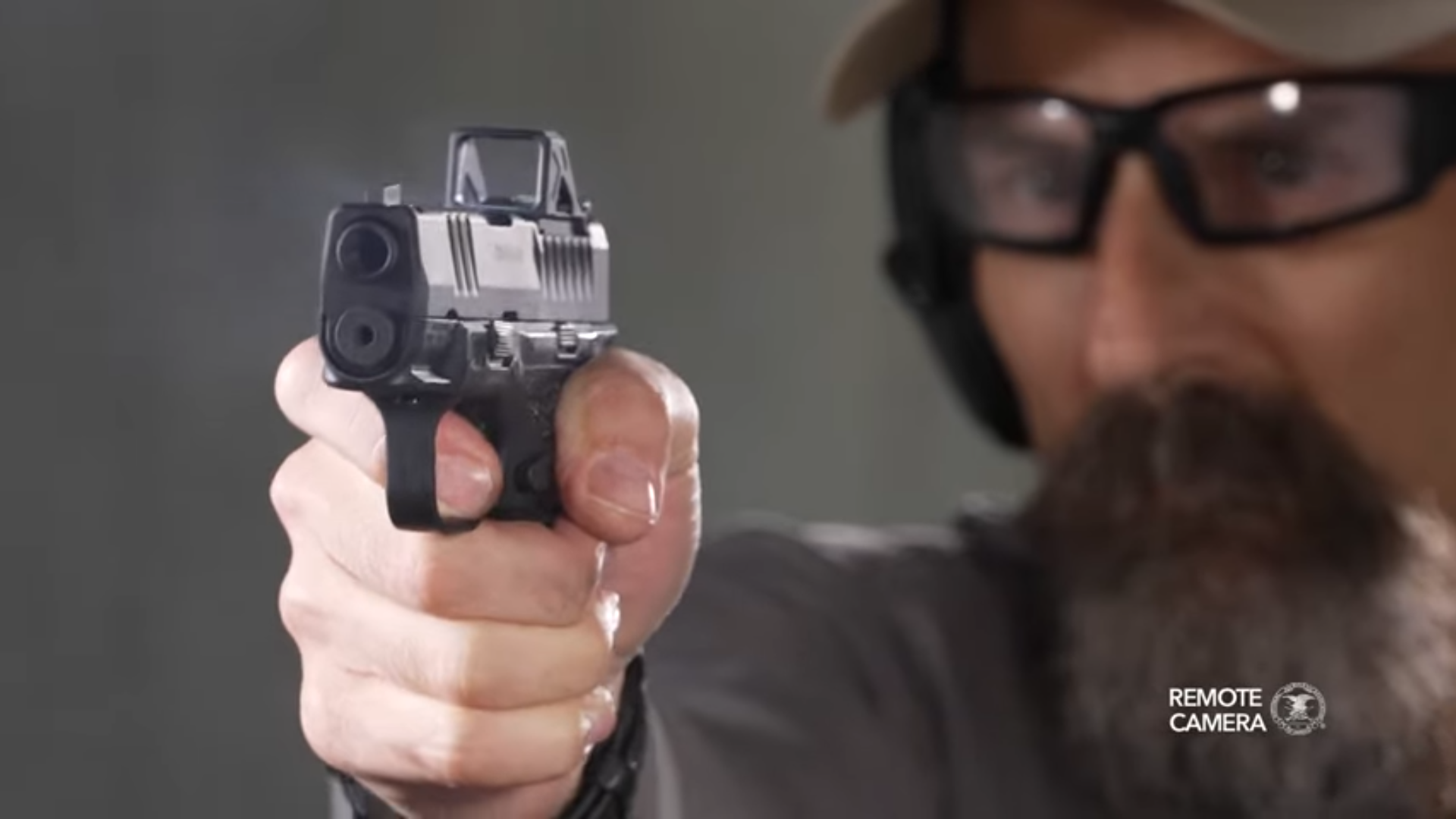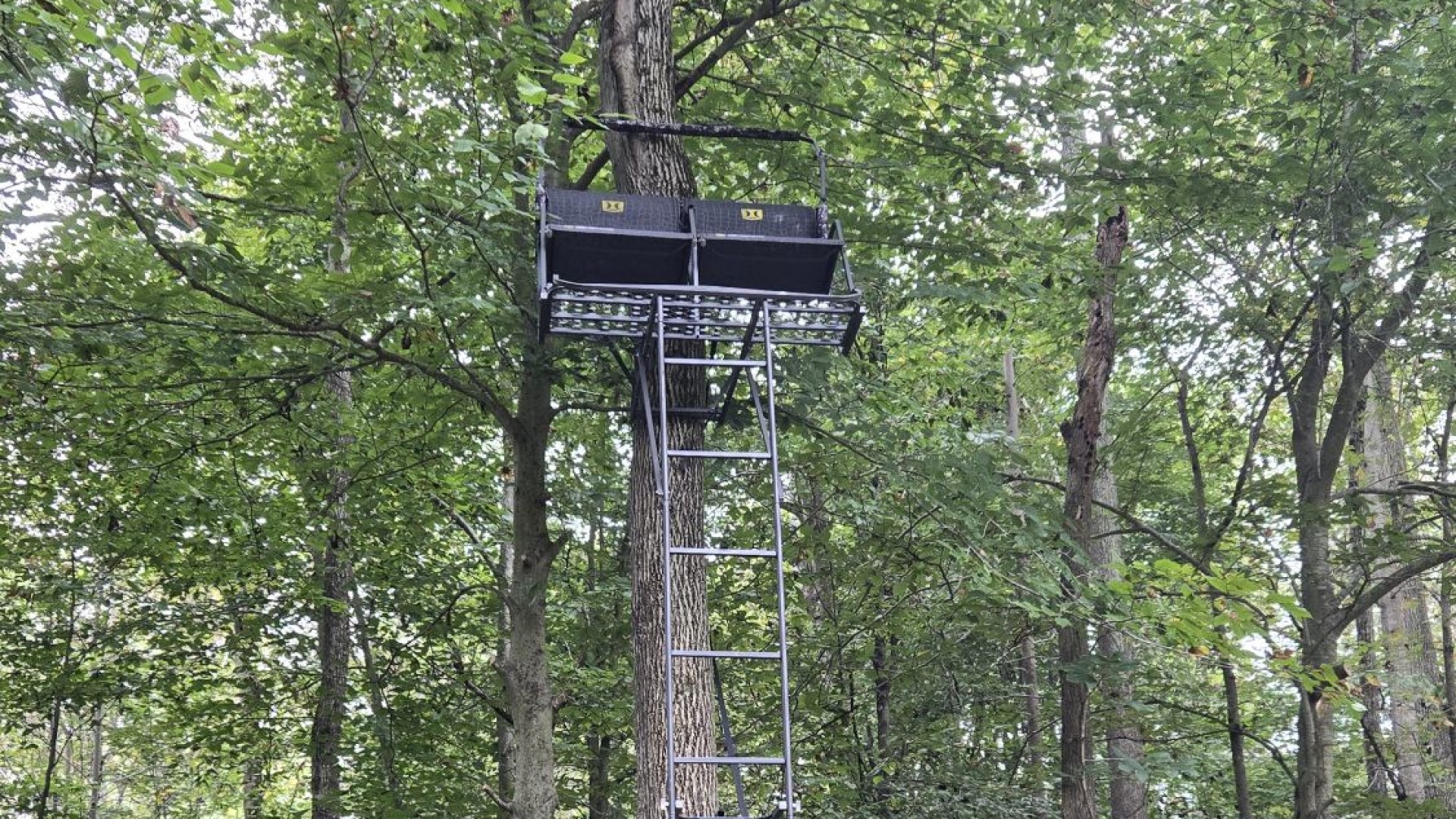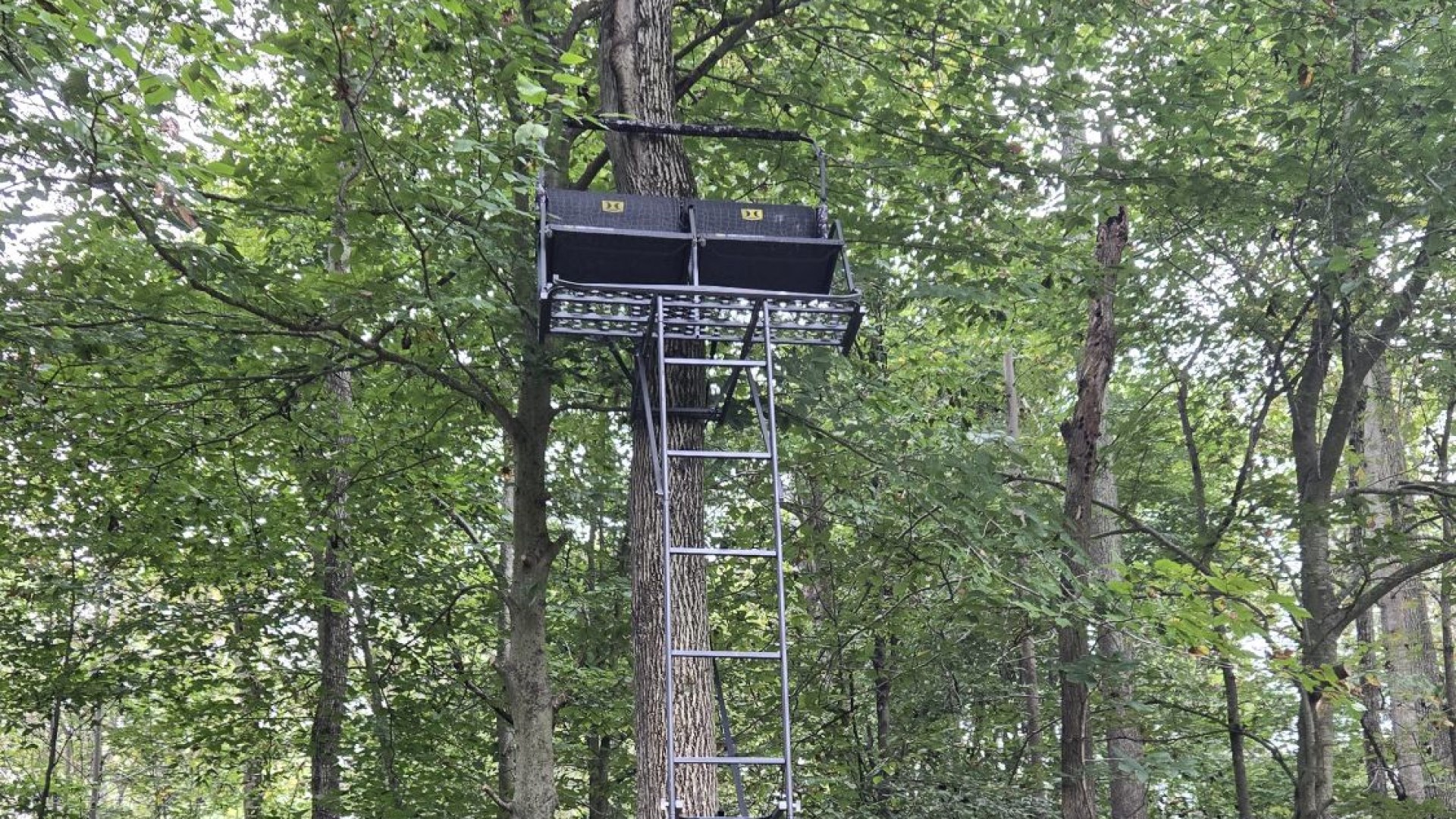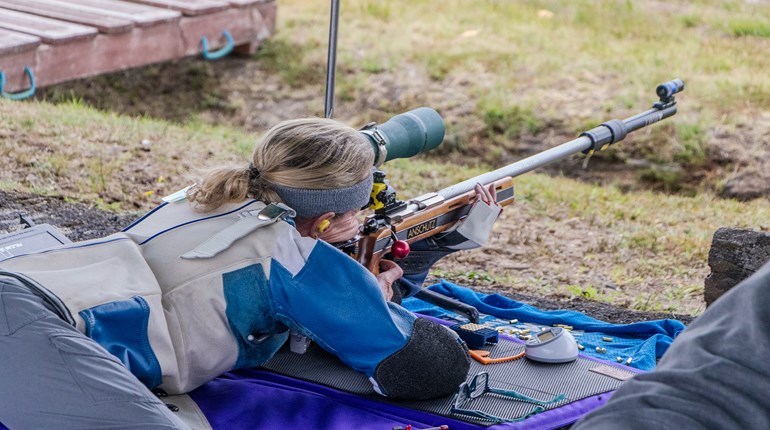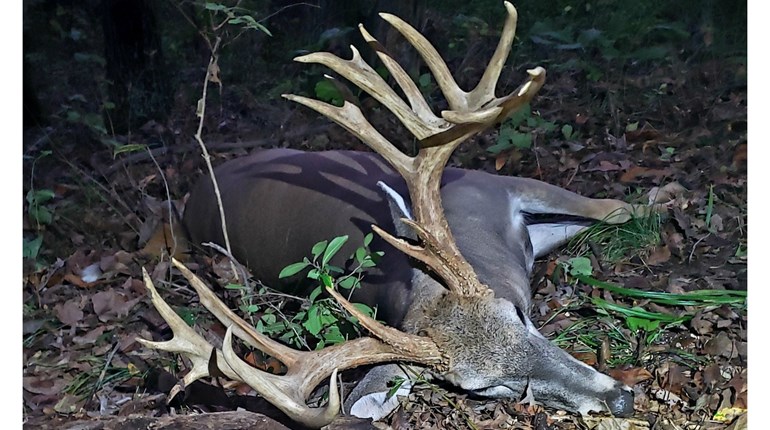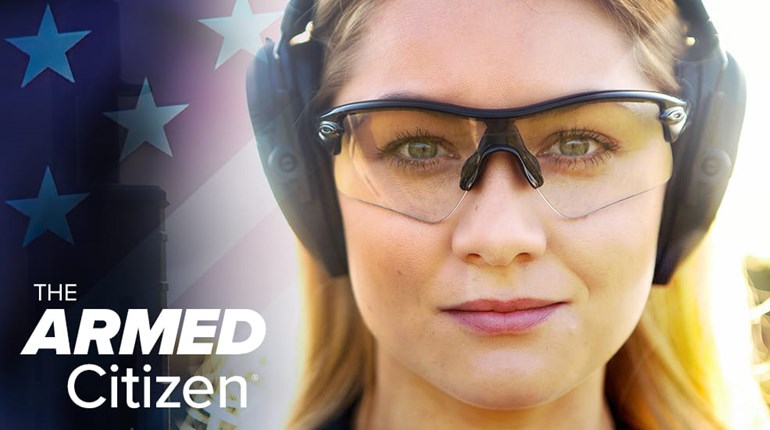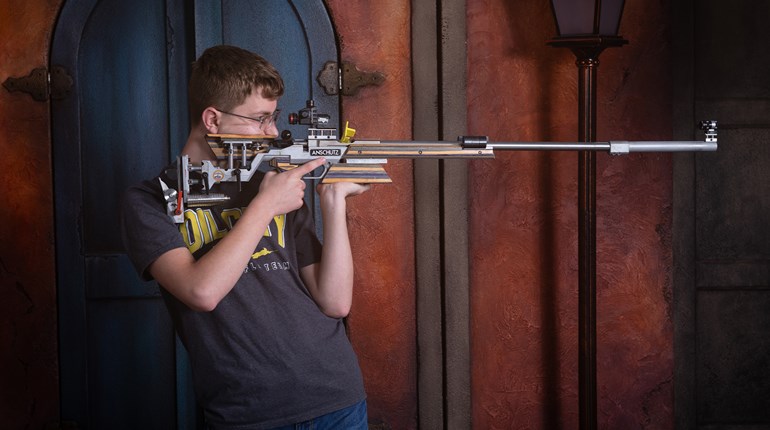
As you might imagine, we receive quite a few emails at Renaissance Firearms Instruction, the lion's share regarding equipment suggestions. While these inquiries span the gamut, there is one email that we receive quite a bit more than others and that is, “Which scope should I buy?” The market is flooded with tens of thousands of options, each with a unique set of numbers and features to digest and understand. When answering this question, we always start by asking a question of our own: What is the gun for? The student’s answers will dictate which way we steer them. (For a primer on the terms we use to discuss optics, click here.)
Let’s begin with the most complex class of optics to understand, those destined for long-range use. For starters, we need to understand that to hit a target, you must first be able to see the target. Furthermore, you’ll also need to be able to see where your bullet strikes so that you can confirm a hit, or correct and send another round.
Optics in the 6-24x50mm class typically fit the bill here, so let's start with selecting something around that magnification range. Understanding the number set is simple, the “6-24x” will make your target appear six to 24 times closer simply by twisting the collar, while the “50mm” is describing the objective lens. Fifty is pretty big, so that means you’ll have a generous field of view, helping you to find your target when you have the magnification cranked up.
Next, we need to consider available adjustment. While many factors play into this, none are quite as important as the main tube diameter. While scopes with 1” tubes typically come in at an attractive price point, they seldom have the adjustment to get a typical cartridge out to distances of 1,000 yards and beyond. This is especially true if you are slinging a projectile that has a steep arc, like .308 Winchester. At a minimum, you want something built on a 30mm tube, with a 34mm tube being better still.
After getting the numbers right, you are now going to want to direct your attention to the reticle, or crosshair. First, decide if you want it set in the first focal plane or the second focal plane. A second focal plane reticle stays the same size throughout the magnification range, making it more precise when placed on smaller (or further) targets. A first focal plane reticle grows in proportion with the selected magnification, covering more of the target but allowing you to use your ranging subtensions at any power. There isn’t a right or wrong choice here, it’s purely preference.
After deciding where you want that reticle, it's time to put some consideration as to what kind of reticle you want. For long-range shooting, look for a reticle that has something that resembles a Christmas tree, as that will help you determine holds and corrections when you see your bullet splash into the dirt.
For those looking to get into the practical shooting sports or take part in any sort of tactical training, think the polar opposite of what was described above. Speed, not pinpoint precision, is paramount for practical running and gunning. Optics in the 1-8x range are the industry standard for this use, especially atop guns like the AR-15. In competitive sports like 3-Gun, targets are generally inside of 300 yards. That’s why these low-power variable optics are best when they have a clean, uncomplicated reticle, particularly one that features illumination that glows “daylight” bright. Lastly, these scopes seldom flare at the objective end, so in this case, the main tube is responsible for both light transmission and field of view.
This brings us to hunting, the simplest scopes to shop for. Yet they still present plenty of pitfalls for a careless buyer. First, you must consider what and where you’ll be hunting. If you are talking about whitetail deer in the thick woods of the Northeast, a simple 3-9x 40mm scope will do the trick, as engagements are going to be close. However, if you are thinking about pursuing antelope out West, you might want to consider something with higher magnification, like 4-16x to help with those longer shots.
For hunting, the reticles decision is again a personal choice, but I always suggest something clean and basic. There isn’t much use for a reticle that is going to help you spot and correct (as you would with competitive precision shooting), as most times the animal isn’t going to stick around for you to take a follow-up shot. Lastly, an illuminated reticle is a must for a hunting scope. Animals are most active during the morning hours and at dusk—the hardest times to see a black crosshair on a grayish animal.
Using this information as a rudder, you should be able to plot a course to your destined optic. Understand that this piece was written to be comprehensive and is by no means exhaustive. Also, there is quite a bit of overlap across these three types of scopes, so consider that as well. Can you take a deer with a 6-24x? Sure, it just might take a little longer to find him if you are at that 8x setting. Can you hit steel out to 1,000 with a 3-9x? Absolutely, you’ll just need somebody else to confirm it for you.
After narrowing things down to a given class of scope, you want to consider price points before clicking “buy.” If a deal seems too good to be true, then it likely is. Cheap optics sometimes have trouble holding zero, which is a critical aspect of their use. Reviews and research are your friends here, so just take your time and do your best to stave off the temptation of buying something “just to get started."














